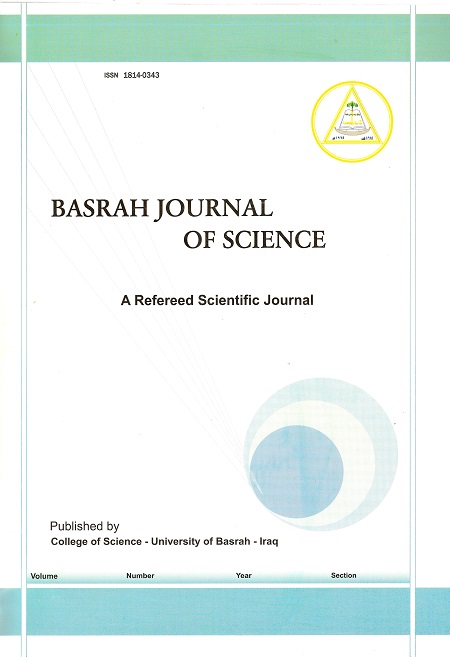Geoarchaeological History of the Oldest Site Hareer's Tells, in Basrah City, Southern Iraq
Keywords:
Archaeology, Mineralogy, sedimentology, biofacies, Hareer Tell, Basrah, IraqAbstract
Four sites were chosen, in Hareer region, north of Basrah governorate, South Iraq. Eighty samples were collected from the sites, twenty samples from every site to 5m in depth. The sampling was carried out for each 0.25 m along the trench. Faunal assemblages show three biofacies: first, a marsh to fluvial environment B1 was found at depth from the ground surface to about 1-1.5m. Second, a shallow/ upper estuarine, brackish marsh environment B2 was found at depth 1.5m to about 3-3.5m. Third, a lower estuarine to marine environment B3 was found at depth 3.5- 5m. Probably, estuarine fauna; Elphidum excavatum, Ammonia beccarii, and Cyprideis torosa existence at most sites proposes a marine covering. Out of 80 samples, eight specimens were analyzed by the C14 method to delineate the sediments ages. These ages were 1167-1276 cal CE; 69-245 cal CE; -1385 to -1146 cal CE; and -4717 to -4546 cal CE and -6638 to - 6456 cal CE which fall in Seljuk, Abbasid and Mamluk/Mongol; Parthian and Sassanian; Kassite as estuarine, and brackish marsh to fluvial and fresh marsh environments; and Ubaid 2, Ubaid0-Neolithic, as lower estuarine to marine environment, respectively.
Downloads
Published
Issue
Section
License

This work is licensed under a Creative Commons Attribution-NonCommercial 4.0 International License.


